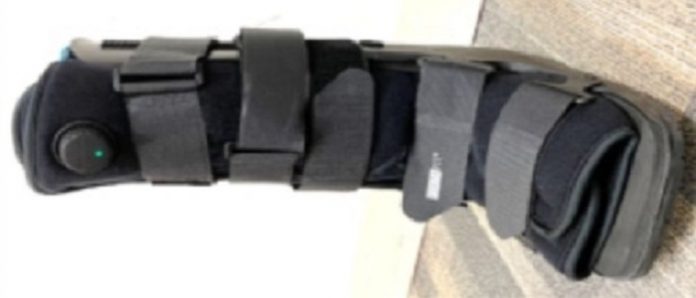
In a new study from the University of Southern California, researchers develop a new, interactive smart boot to help diabetic patients recover from dangerous foot wounds.
Every second, someone with diabetes develops a dangerous foot wound.
Patients with diabetic nerve damage can be less sensitive to pain, which means they don’t always know if they’re putting too much pressure on their foot—or for that matter, a healing wound.
All too often, this leads to infection, hospitalization, and even amputation.
Treating these patients requires a plan to offload pressure from the bottom of the foot.
This is often done with specially made braces known as removable cast boots.
In the first phase of the boot project, the boots worked, but patient compliance with wearing the boot was hovering at around 28%.
That led to phase two: a boot that patients couldn’t remove. Patients healed more quickly, but it wasn’t ideal, because it’s too rigid.
Finally, researchers create a more sophisticated wearable that allows patients to put on or remove the boot whenever they wish.
To further increase compliance, the boot gives feedback to the patient about their activity level and the amount of time they spend with the boot on.
This “smart boot” also sends data directly to the care team.
The study is now actively following patients for twelve weeks.
It appears that the model appears to be working because early data suggests good compliance and the feedback may help patients stay actively engaged in their own recovery process.
If you care about diabetes, please read studies about common stomach drugs that may help control blood sugar in diabetes, and common diet that could boost health in people with diabetes.
For more information about health, please see recent studies about nutrient that may help reduce risk of type 2 diabetes, and results showing that COVID may cause a new wave of diabetes.
The study was conducted by Catherine Park et al., and published in the Journal of Diabetes Science and Technology.
Copyright © 2022 Knowridge Science Report. All rights reserved.




